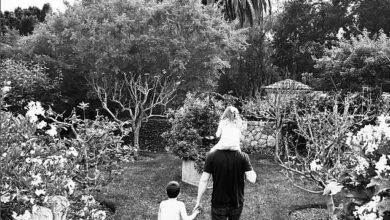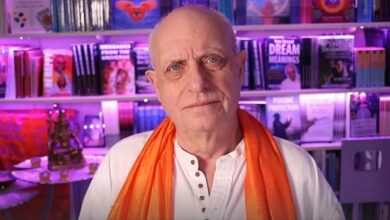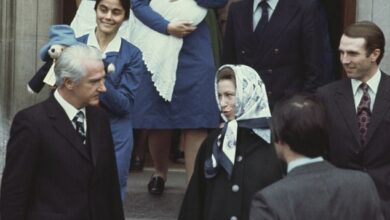Duchess of Sussex
Meghan Markle goes casual with £250 shades and £78 trainers in first post-Endgame sighting


Meghan Markle was pictured smiling in California in a casual look with some royal accessories in her first public sighting since the publication of Endgame.




